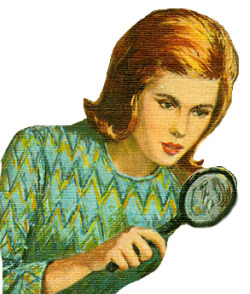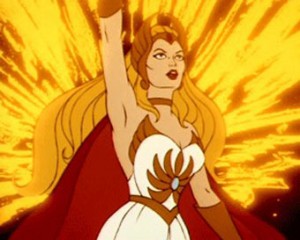Why I Loved Nancy Drew
I was thrilled when NPR’s “All Things Considered” asked me to submit a piece for “My Guilty Pleasures” — a spoken essay segment on books we love but are embarrassed to be seen reading. I was sad they ultimately did not accept it, but hey, I have a blog! I can publish it! So, without further ado…
* * *
By the time I was eight years old, I was a Nancy Drew addict. I’d squirrel away my meager allowance, buy a book when I could, then close the door of my pink bedroom and enter Nancy’s world.
I’m not sure why I was such a Nancy Drew devotee. I didn’t love Nancy — she was too perfect. She could play any sport, perform in any genre, and solve mysteries with just her wits and the occasional flashlight. And even though Nancy’s mother died when she was a small child, she was, unlike me, blessedly free of any neuroses.
But I devoured those books. There was something in them I was hungry for. I loved how Nancy’s father, the criminal lawyer Carson Drew, gave Nancy the freedom to solve mysteries, and how her housekeeper, Hannah Gruen, fretted over Nancy’s safety while making sure to put meat loaf, strawberry chiffon cake and other tasty dishes on the table every night.
When I was writing “Ravenous,” my food and eating memoir, I started re-reading the Nancy Drew series — “The Secret of the Old Clock,” “The Mystery of Lilac Inn.” Before I knew it, I had, once again, whipped through dozens of the books. I was trying to figure out a mystery of my own — why had these books held me so captive as a child? It wasn’t Nancy. It certainly wasn’t the writing. And then, one evening as I lingered over a description of the tea and dainty sandwiches Hannah served to Nancy and her friend, it finally hit me.
As a girl, I didn’t want to be Nancy, but oh how I wanted her world. She had so much that I didn’t – a stable home, a father who believed in her talents and gave her the freedom to explore them, and all those yummy homemade meals made for her with love. I use to revel in the descriptions of her solid, stately brick house in River Heights; her handsome father’s graying temples; the devotion of her best friends, Bess and George; and yes, her meal plans — the meatloaf, the roast beef, the mashed potatoes, the pineapple upside cake, and even the occasional vegetable.
It was all so solid — the perfect base from which Nancy’s independent spirit could soar. And soar she did, driving off in her blue roadster, making the world a better place by solving one mystery at a time.
By the time I was eight, I already knew I wanted to be a writer. And reading those books in my pink bedroom long ago, I knew that if Nancy could do what she wanted with her life, then so could I.




